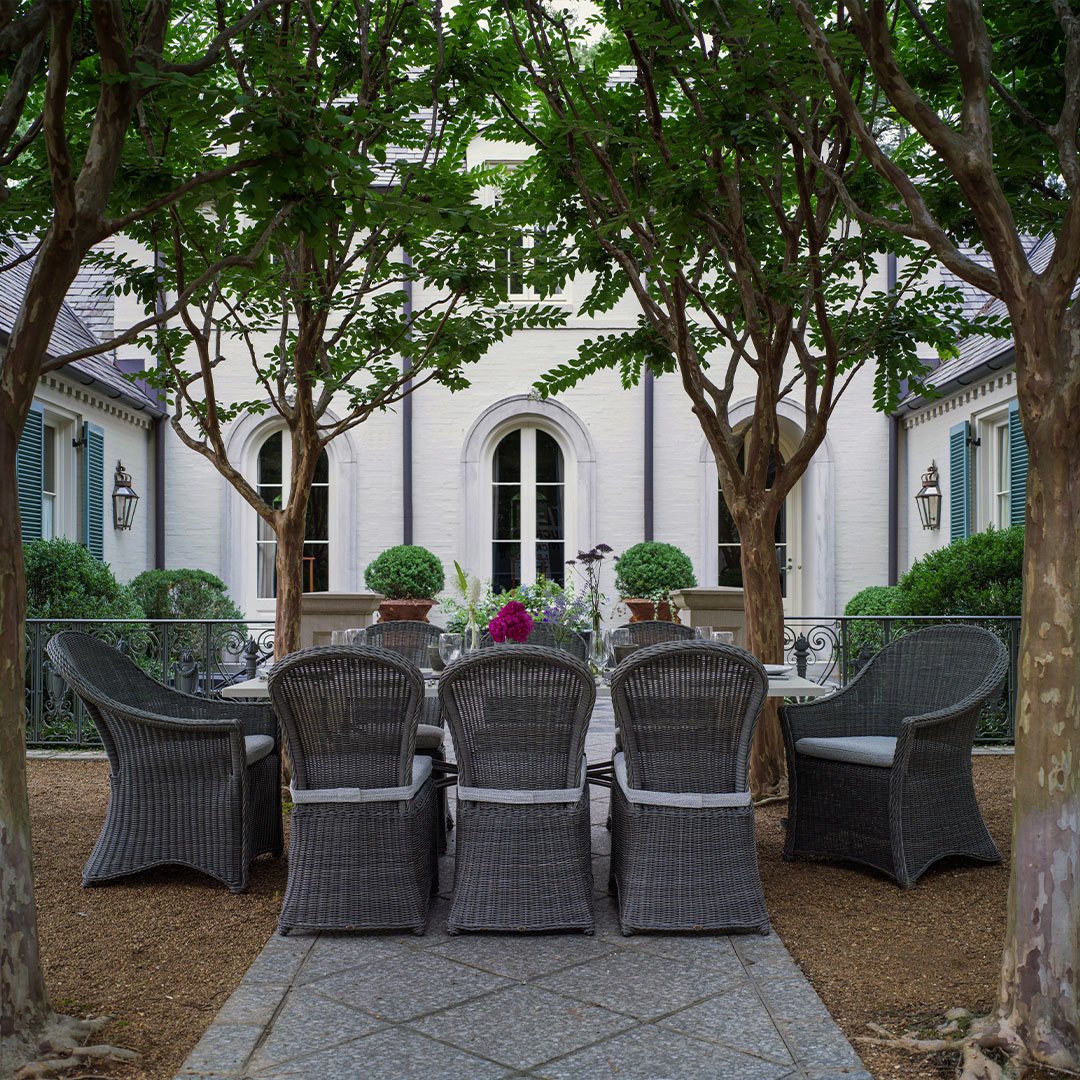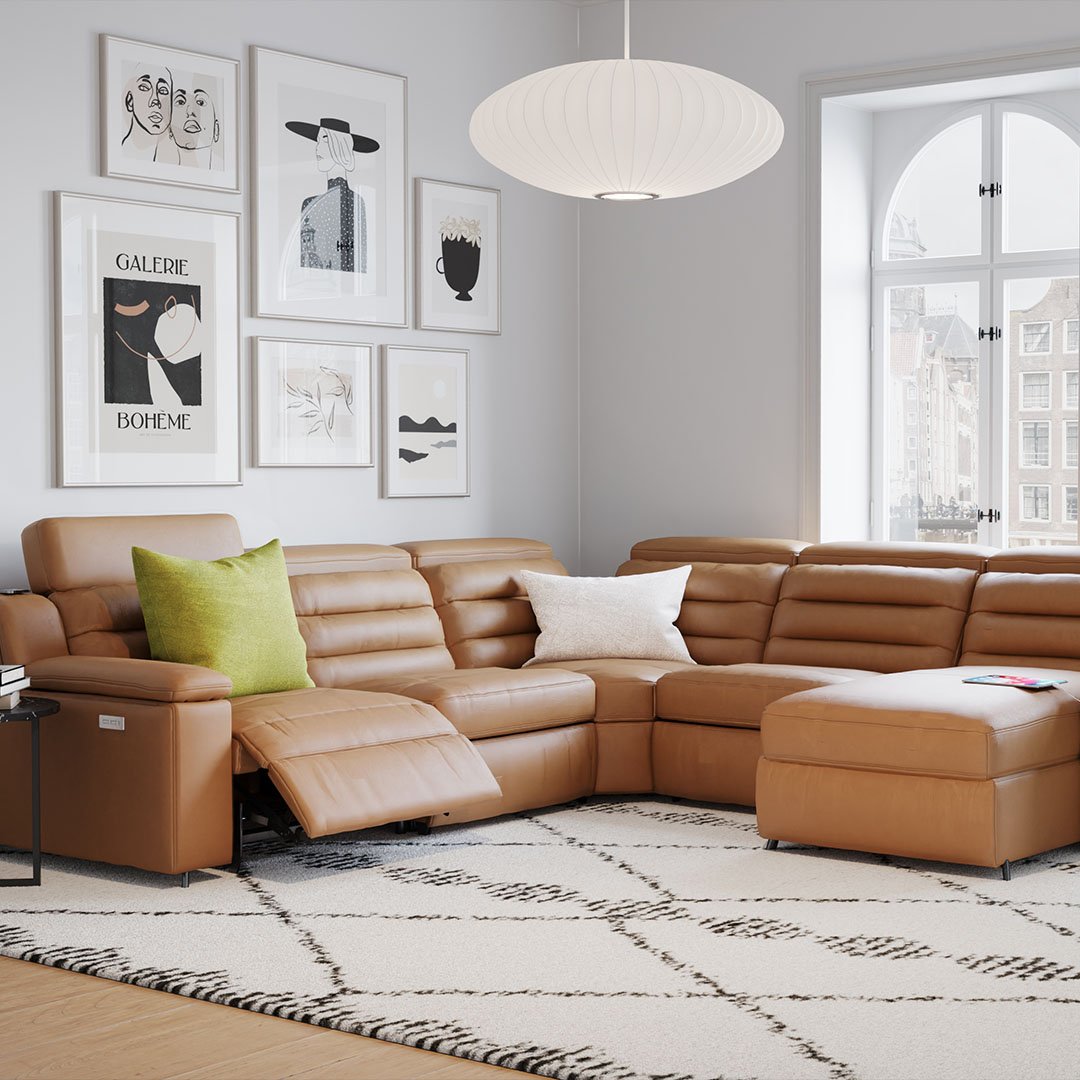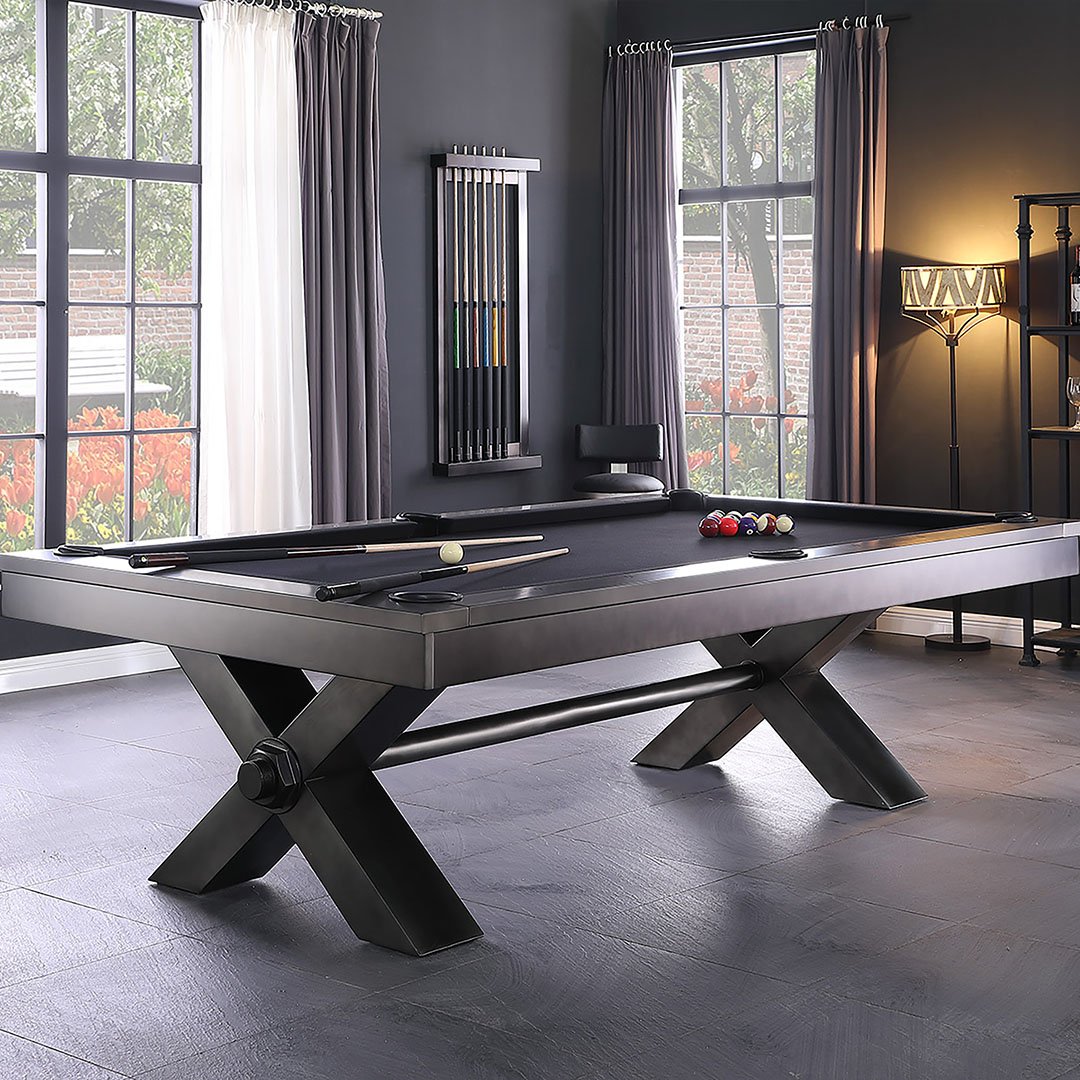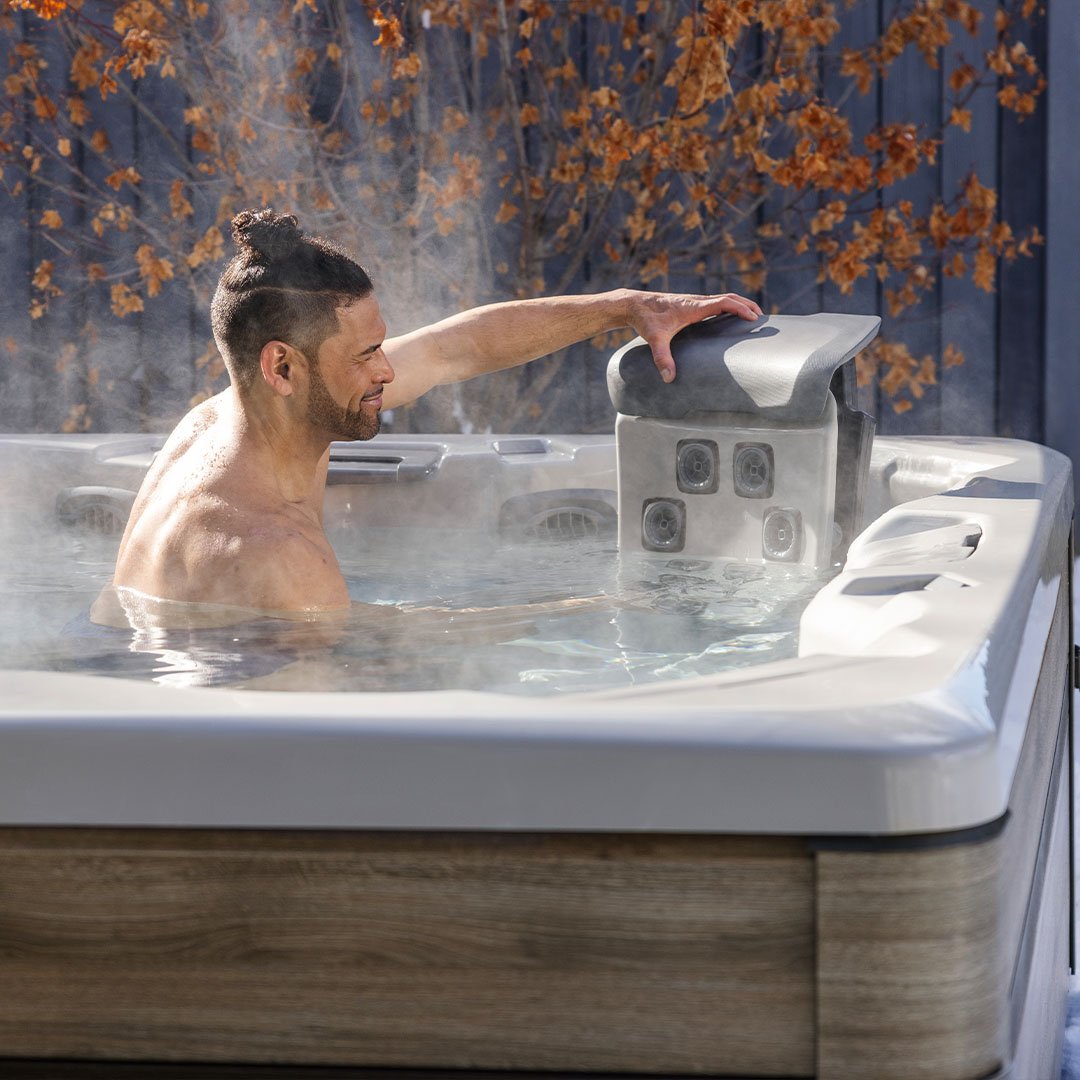Understanding Hot Tub Power Usage: 110V vs. 220V Explained
Hot tubs are a great way to relax and unwind, but many potential buyers are concerned about the electricity costs associated with running one. In this article, we will break down how much power a hot tub typically uses and compare the power consumption of plug-n-play hot tubs versus traditional hot tubs, specifically looking at 110V vs. 220V models.

How Much Power Does a Hot Tub Use?
The power usage of a hot tub can vary widely depending on several factors, including the size of the tub, the climate, how often it is used, and the type of heater and pump it has. On average, a hot tub can use anywhere from 1,500 to 6,000 watts when heating up and about 1,000 to 3,000 watts while maintaining the temperature.
Factors Influencing Power Usage
- Size of the Hot Tub: Larger hot tubs have more water to heat, which requires more power.
- Heater and Pump Efficiency: More efficient heaters and pumps use less electricity.
- Insulation Quality: Better insulation helps retain heat, reducing the frequency and duration the heater needs to run.
- Climate: In colder climates, the heater will need to work harder to maintain the water temperature.
- Frequency of Use: Frequent use means the heater and pump are running more often, increasing power consumption.
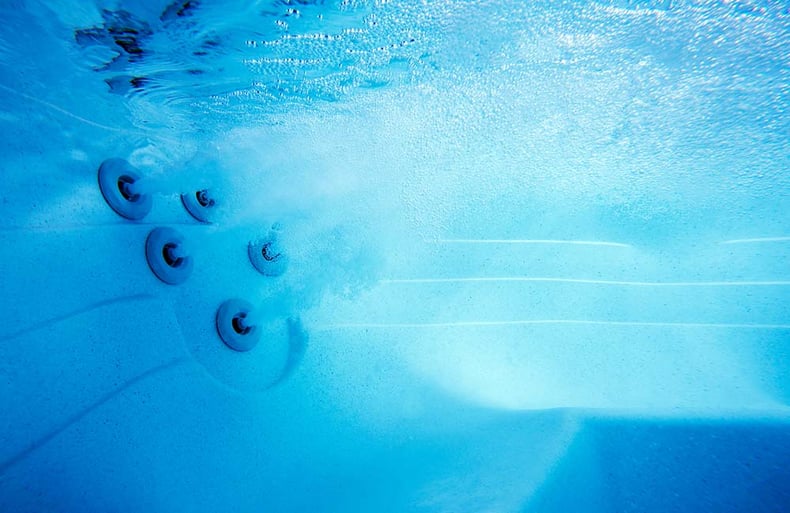
Plug-n-Play vs. Traditional Hot Tubs: 110V vs. 220V
One of the key differences between plug-n-play and traditional hot tubs is their voltage, which impacts both their performance and power consumption.
Plug-n-Play Hot Tubs (110V)
Plug-n-play hot tubs are designed for easy installation and can be plugged into a standard electrical outlet. Here are some characteristics of 110V hot tubs:
- Lower Power Consumption: Typically use between 1,500 and 3,000 watts.
- Simpler Installation: No need for special electrical wiring; just plug into a standard outlet.
- Longer Heating Time: Because they use less power, it takes longer to heat the water.
- Limited Features: Often have fewer jets and lower-powered pumps compared to 220V models.
Traditional Hot Tubs (220V)
Traditional hot tubs usually require a dedicated electrical circuit and professional installation. Here are some characteristics of 220V hot tubs:
- Higher Power Consumption: Typically use between 3,000 and 6,000 watts.
- Faster Heating Time: Higher voltage allows the heater to heat the water more quickly.
- More Features: Often have more powerful pumps, more jets, and additional features like lighting and waterfalls.
- Professional Installation: Requires a licensed electrician to install a dedicated 220V circuit.
Comparing Hot Tub Power Usage
| Feature | Plug-n-Play Hot Tubs (110v) | Traditional Hot Tubs (220v) |
|---|---|---|
| Power Consumption | 1,500-3,000 watts | 3,000-6,000 watts |
| Installation | Plug into standard outlet | Requires dedicated circuit |
| Heating Time | Longer heating time | Faster heating time |
| Features | Fewer jets, lower-powered pumps | More jets, powerful pumps, additional features |
Maximizing Your Hot Tub's Energy Efficiency
Understanding the power usage of hot tubs is crucial for making an informed purchase and managing your energy costs effectively. Whether you opt for a plug-n-play 110V hot tub or a traditional 220V model, knowing the differences in power consumption and efficiency can help you choose the best option for your needs. For more in-depth information on how to maximize energy efficiency in your hot tub, check out our comprehensive Energy-Efficient Hot Tubs Shopping Guide. This guide offers valuable tips and insights to help you enjoy your hot tub while keeping energy consumption and costs in check.
Frequently Asked Questions
How much does it cost to run a hot tub per month?
The monthly cost to run a hot tub can range from $20 to $50, depending on factors like the cost of electricity in your area, the size of the hot tub, and how often it is used.
Is a 220V hot tub more energy-efficient than a 110V hot tub?
While 220V hot tubs use more power, they can be more energy-efficient in the long run because they heat water faster and have more powerful pumps. This can lead to shorter heating times and potentially lower overall energy usage.
Topics: Spas and Hot Tubs







